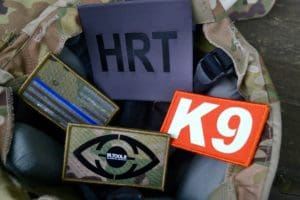A new sheriff is in town. And he isn’t riding a horse. He is your “eyes in the sky” and is most often called a drone.
A recent 2017 study by Bard College, showed that owning a UAV (unmanned aerial vehicle) or drone is no longer a novelty. Between 2006 and 2014 only a handful of public safety agencies reported any meaningful drone use. Since then, over 200 local law enforcement departments have joined the remarkable and rapidly growing drone community.
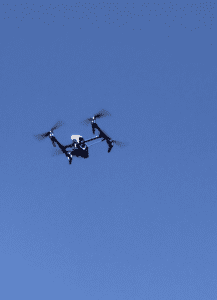
-
Air support, surveillance
-
Search and rescue support
-
Hostage and active shooter support
-
Air drop supplies
-
Outdoor crime photography
-
Outdoor bomb calls
-
Accident photography
-
SWAT support
Your Drone is great, why IR?
For years, infrared(IR) technology has protected the military. Since WWII, NVG’s and advanced scope sights have protected soldiers and prevented friendly fire casualties.
But for aerial operations, a thermal camera on a drone is mind-blowingly valuable.
Suspect cannot hide from a thermal camera
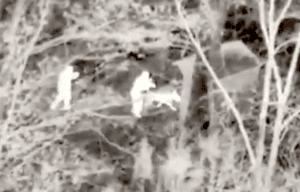 Thermal cameras attached to a drone detect any heat source on the ground.
Thermal cameras attached to a drone detect any heat source on the ground. Eliminate your confusion in the chase
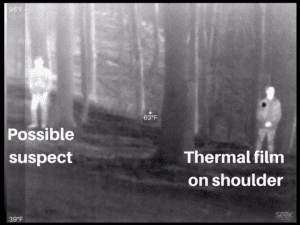
No more guessing and quick accurate decisions, leads you to successful operations.
Thermals protect you against ambush
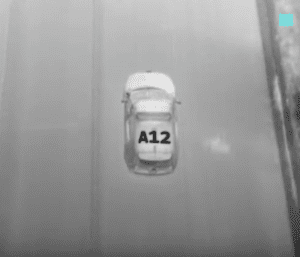
Possible challenges
Hug your loved ones at the end of your shift
Intrigued to give thermals a try?
Want to make each operation safer?
Don’t let doubt or budgets stop you from making a 5 minute phone call.
Find out how you qualify for a FREE SAMPLE.
Call Tom at 301.443.8885 or Tboyer@ir.tools
Our safety depends on your safety!
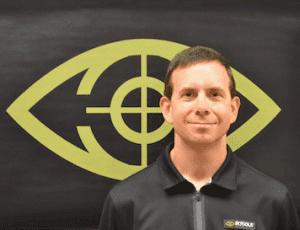
Since 2006, Tom has been the driving force behind IR.Tools, dedicated to delivering top-notch infrared solutions to the military, law enforcement, and sportsmen communities.
What began with a single infrared patch has blossomed into a comprehensive store featuring hundreds of IFF patches, vehicle IFF, an extensive suite of thermal training targets, and tools for drone pilots.
Beyond his innovative products, Tom is passionate about educating users on infrared technology and showcasing how advancements in IR can enhance their operations.
Tom holds an MS in Mechanical Engineering from the University of Maryland and an MBA from Regents University.

